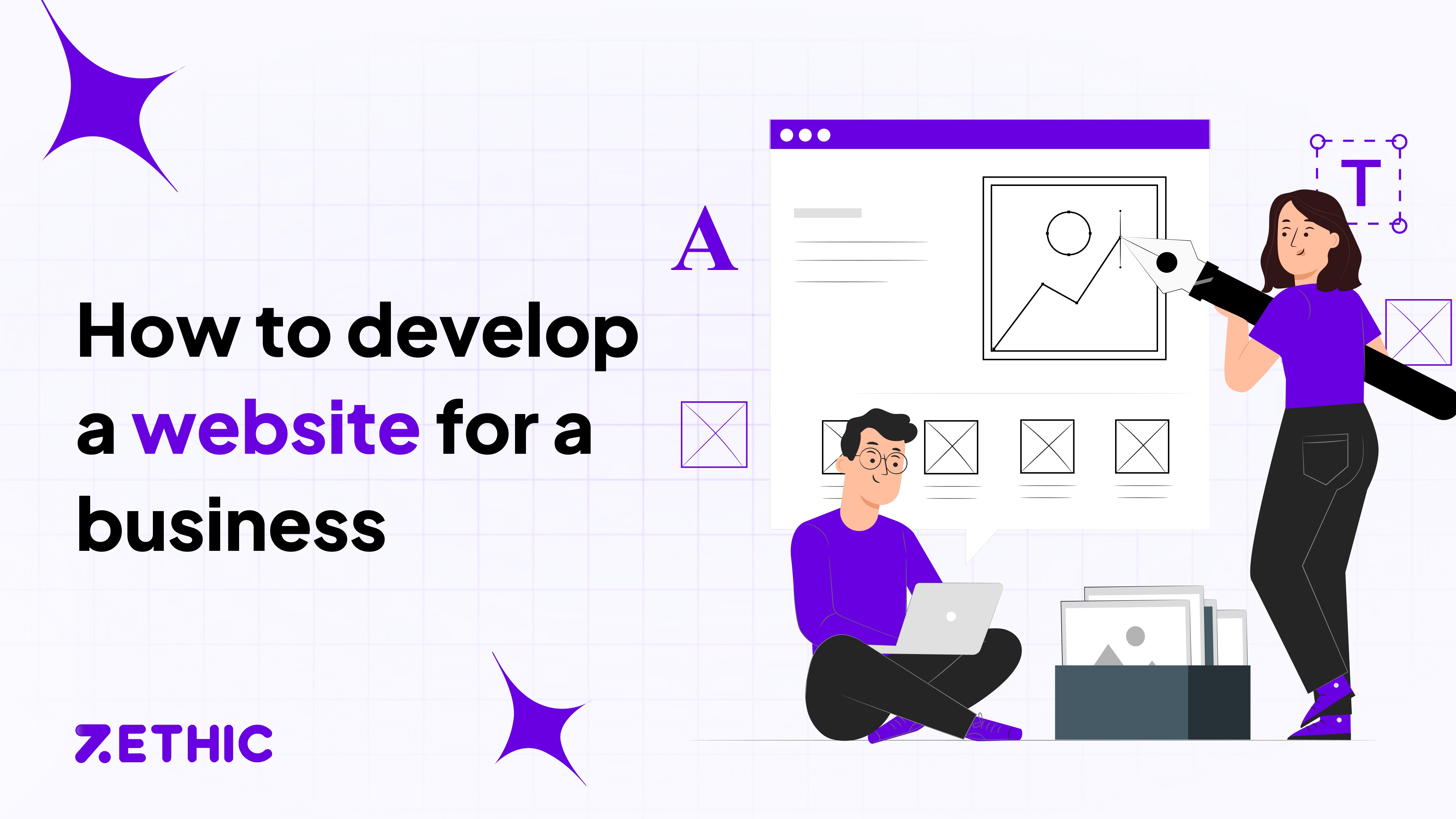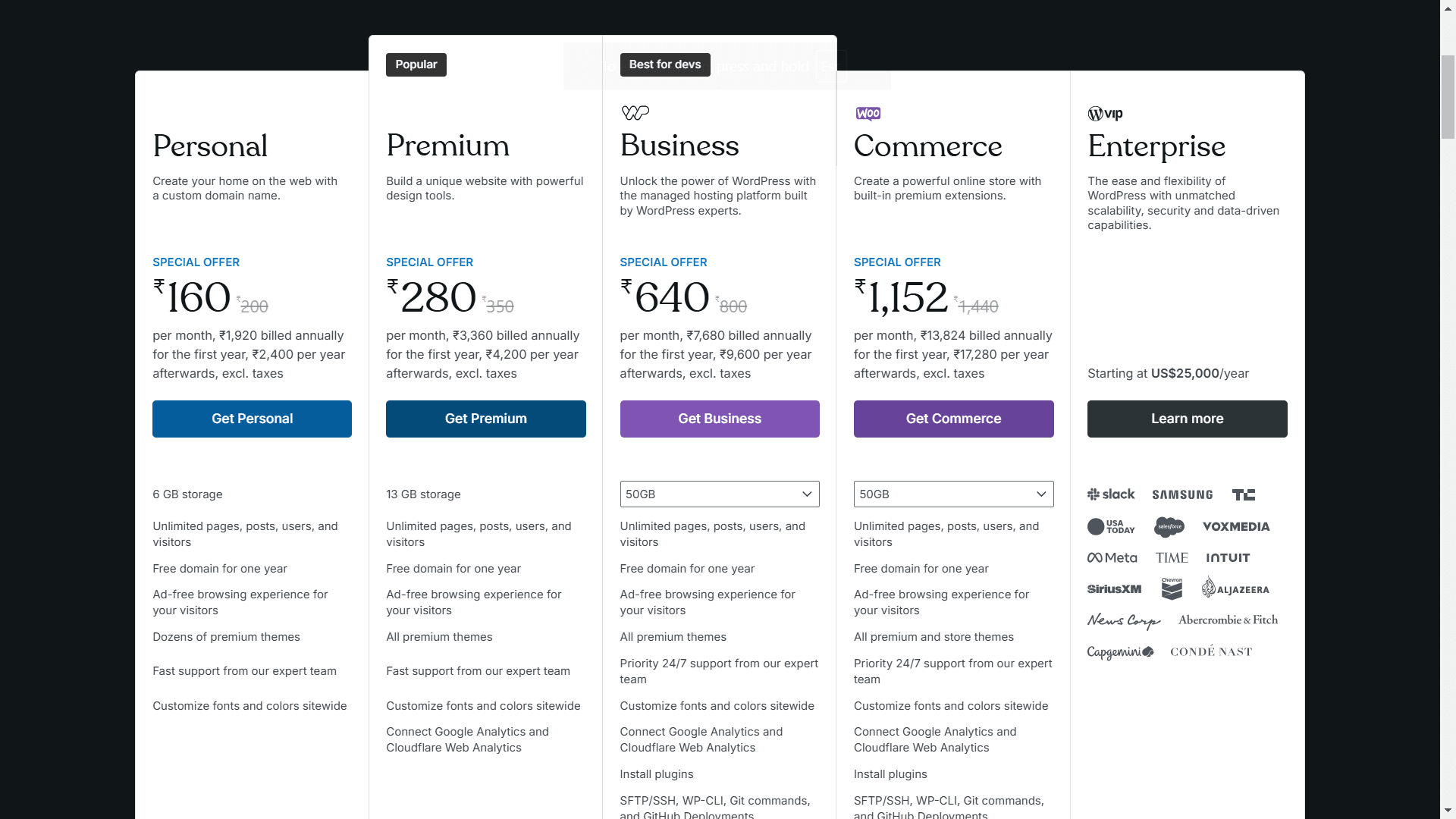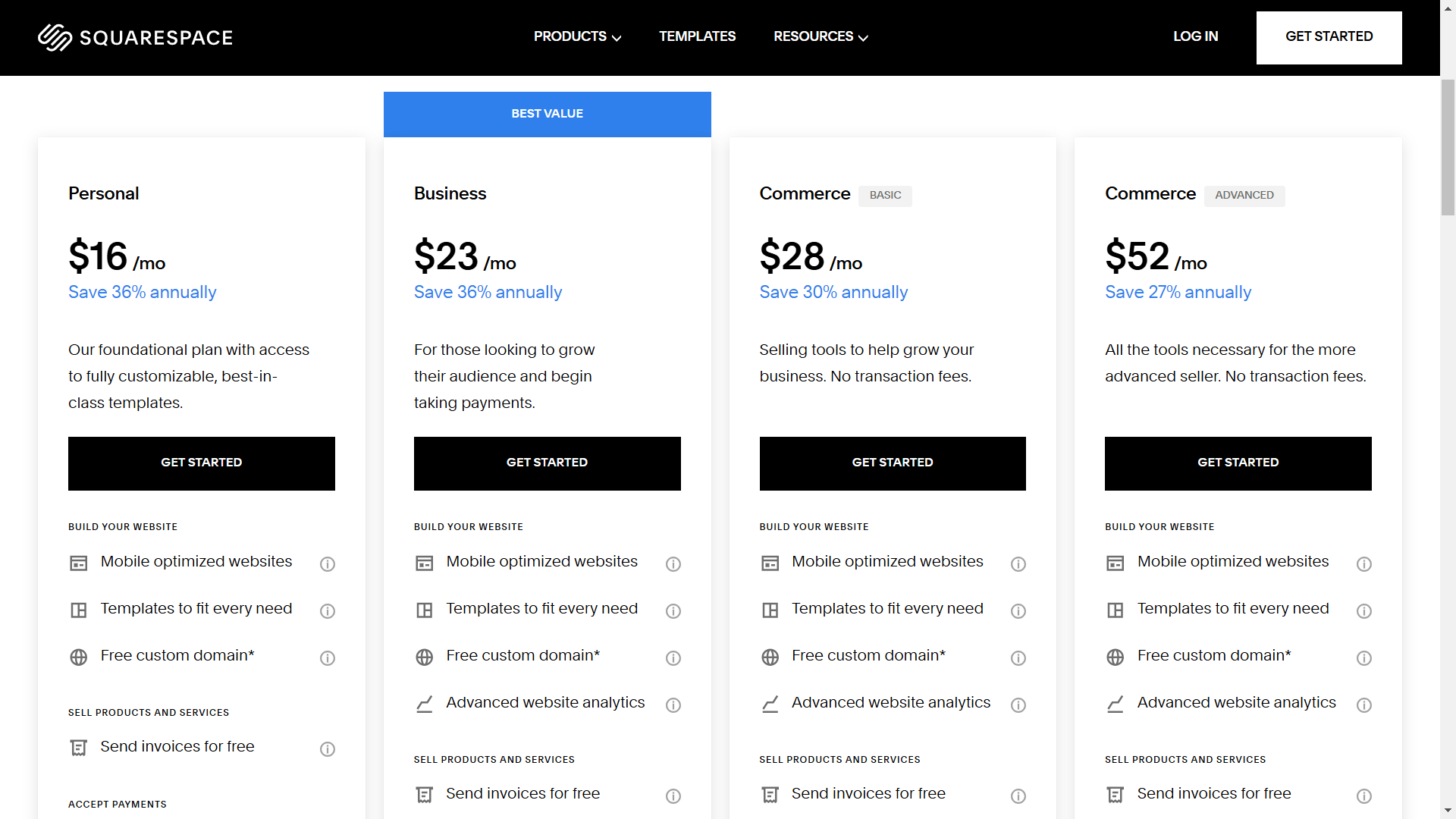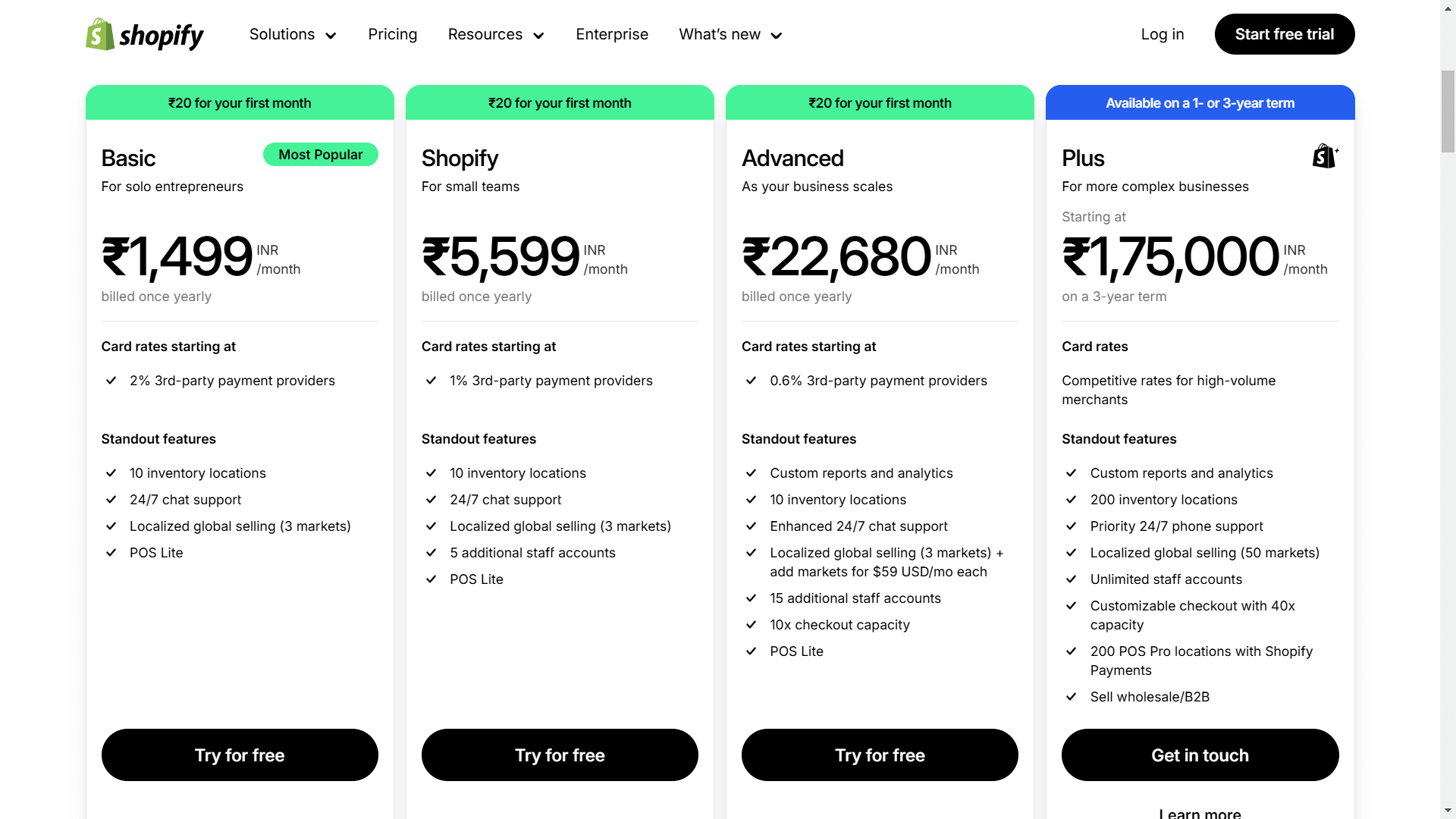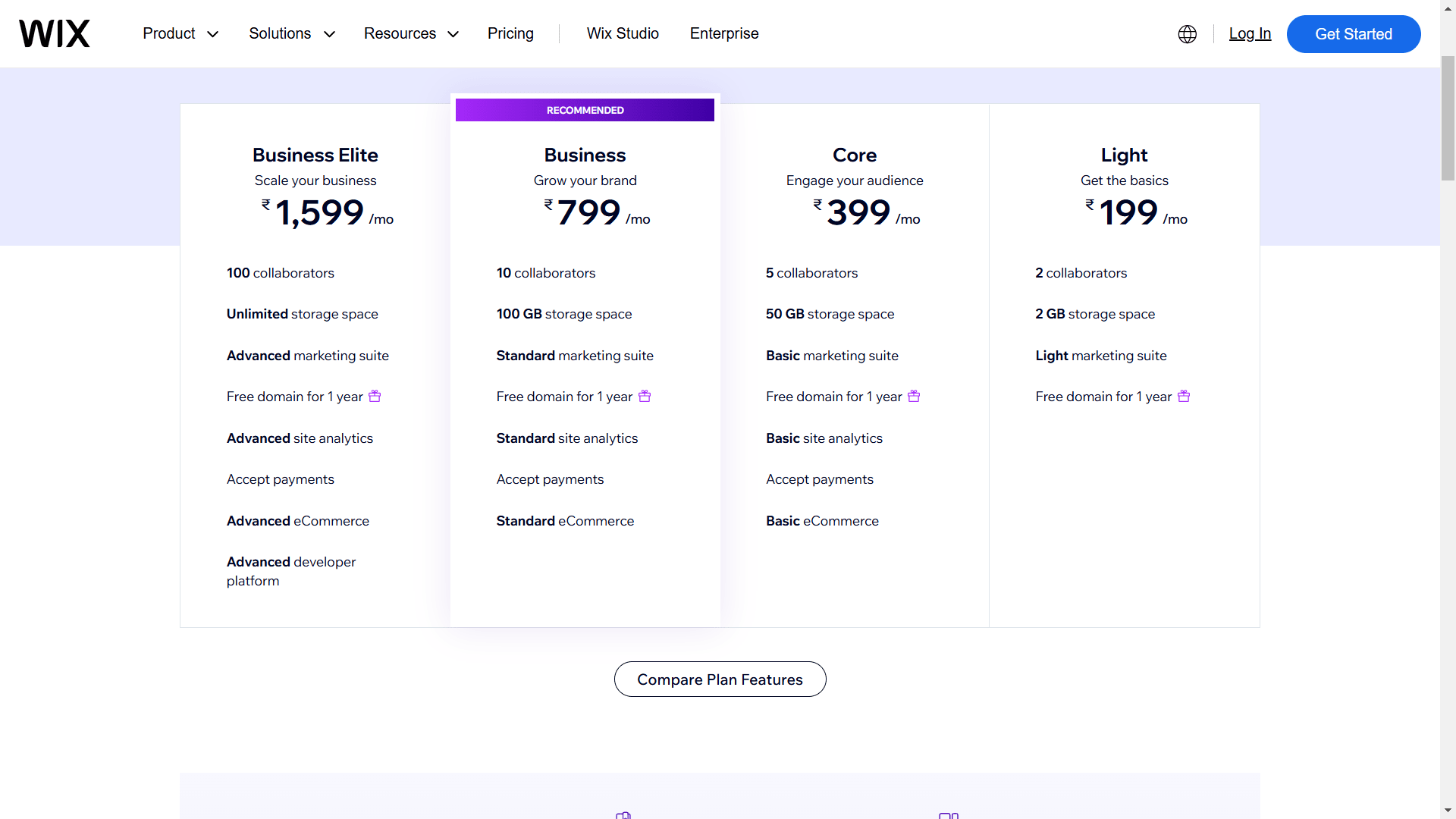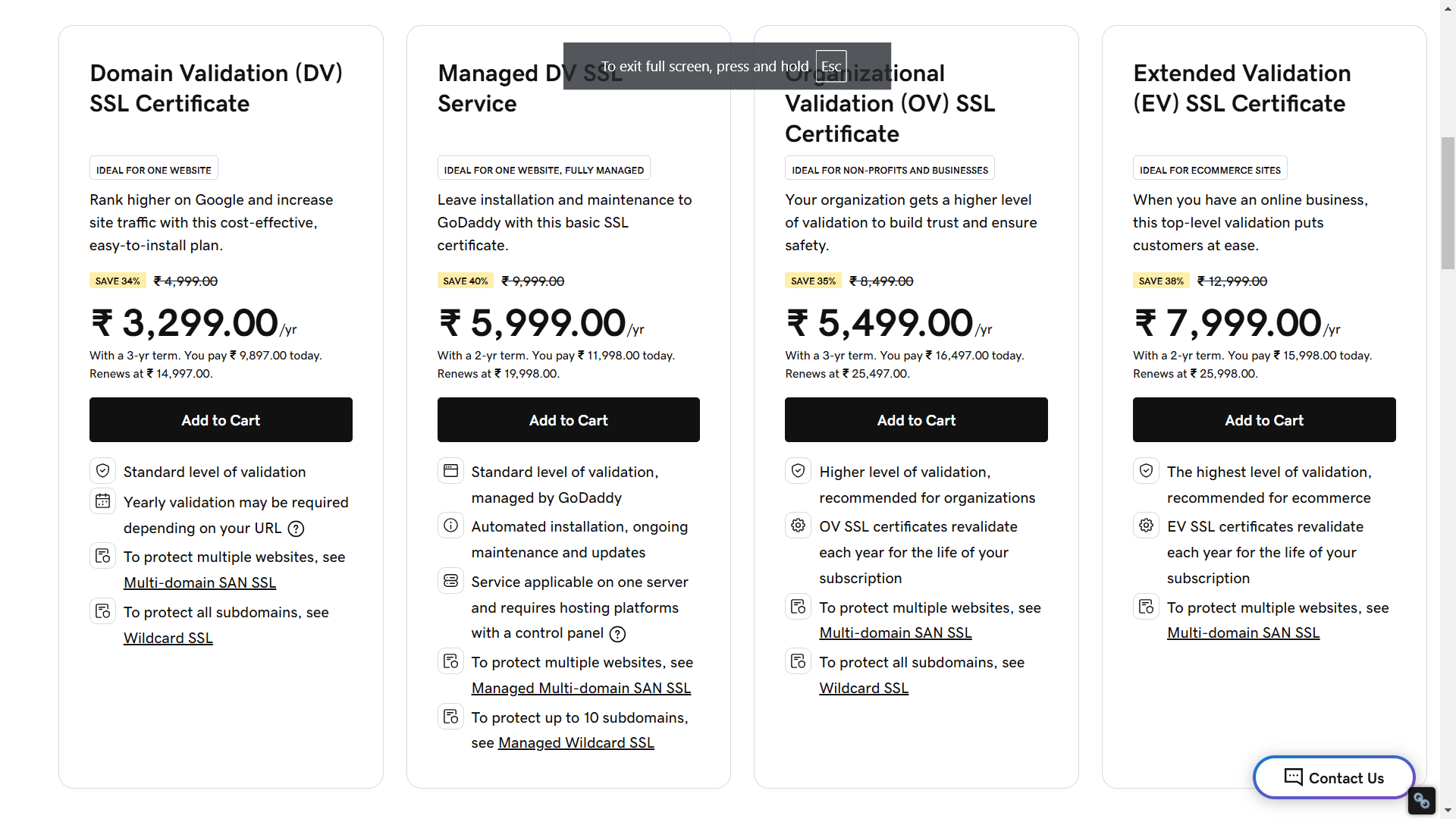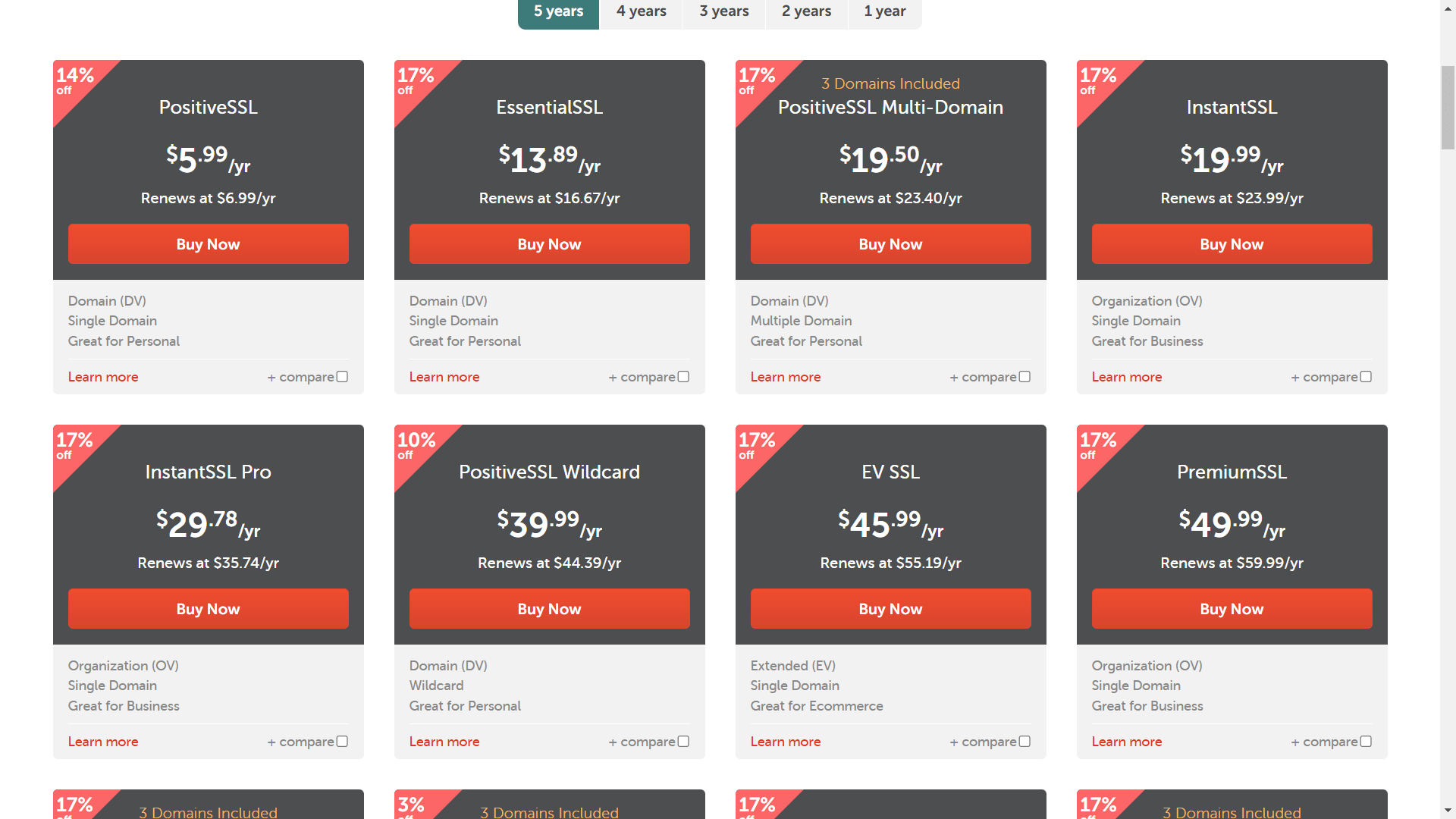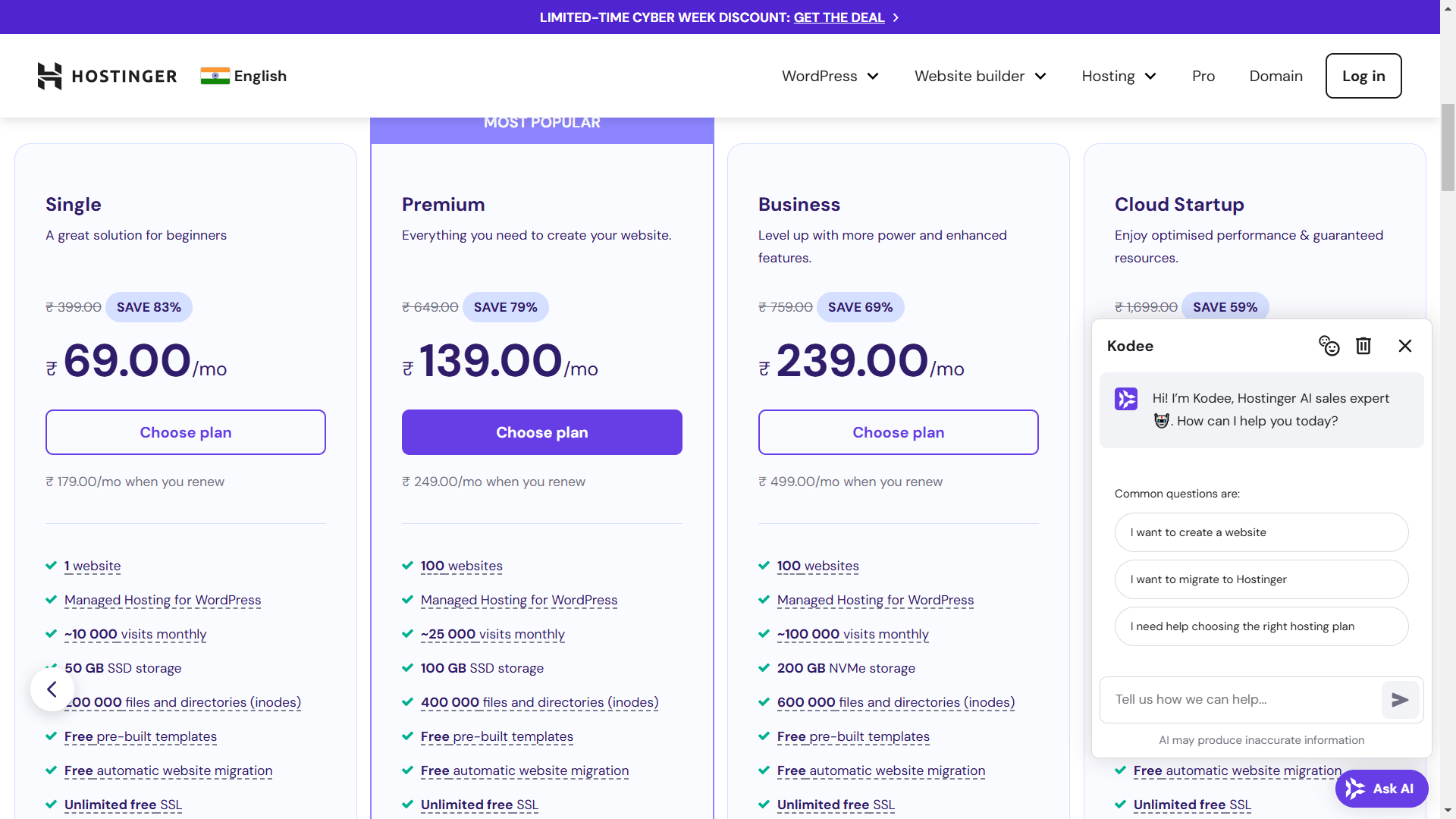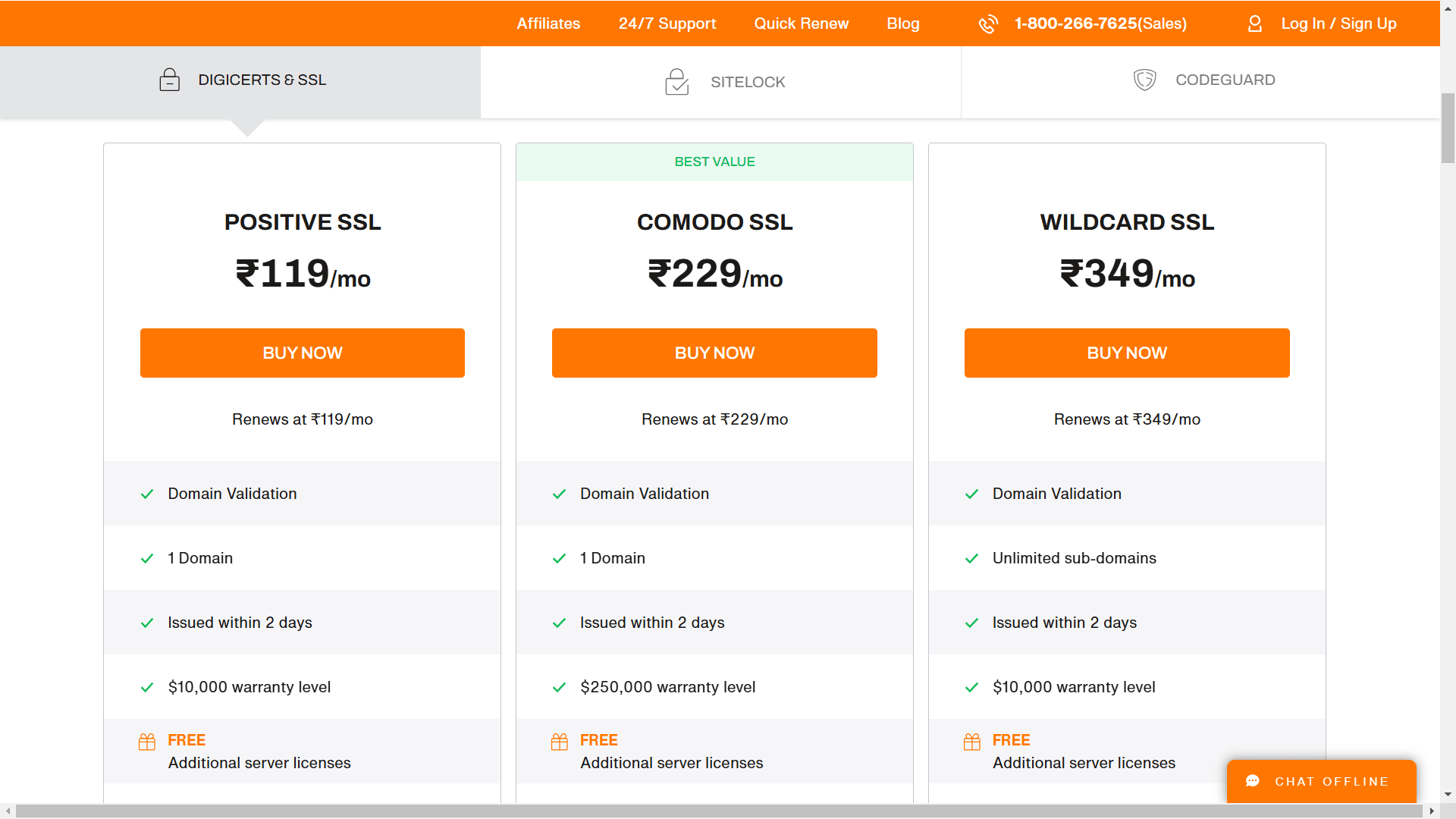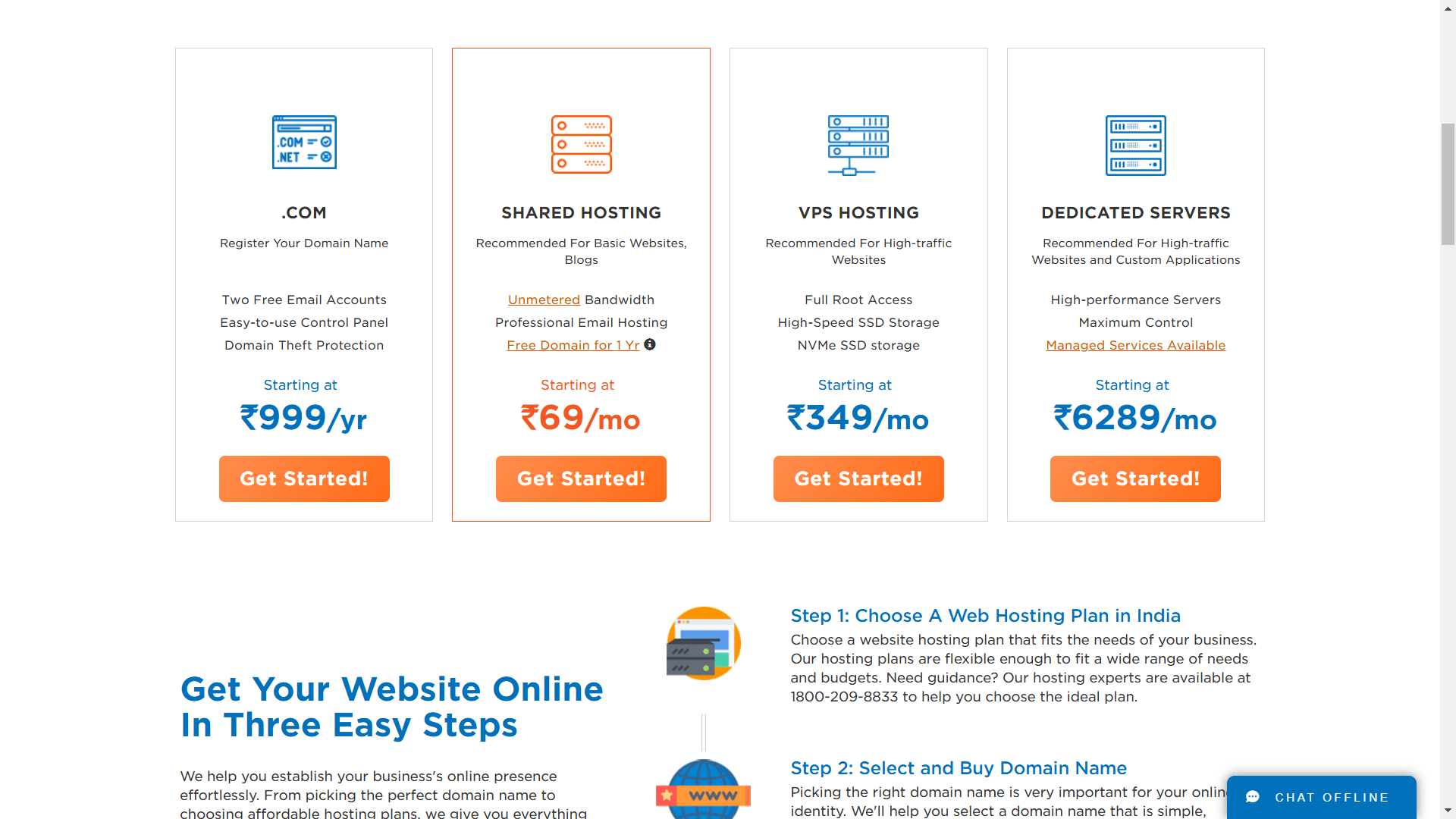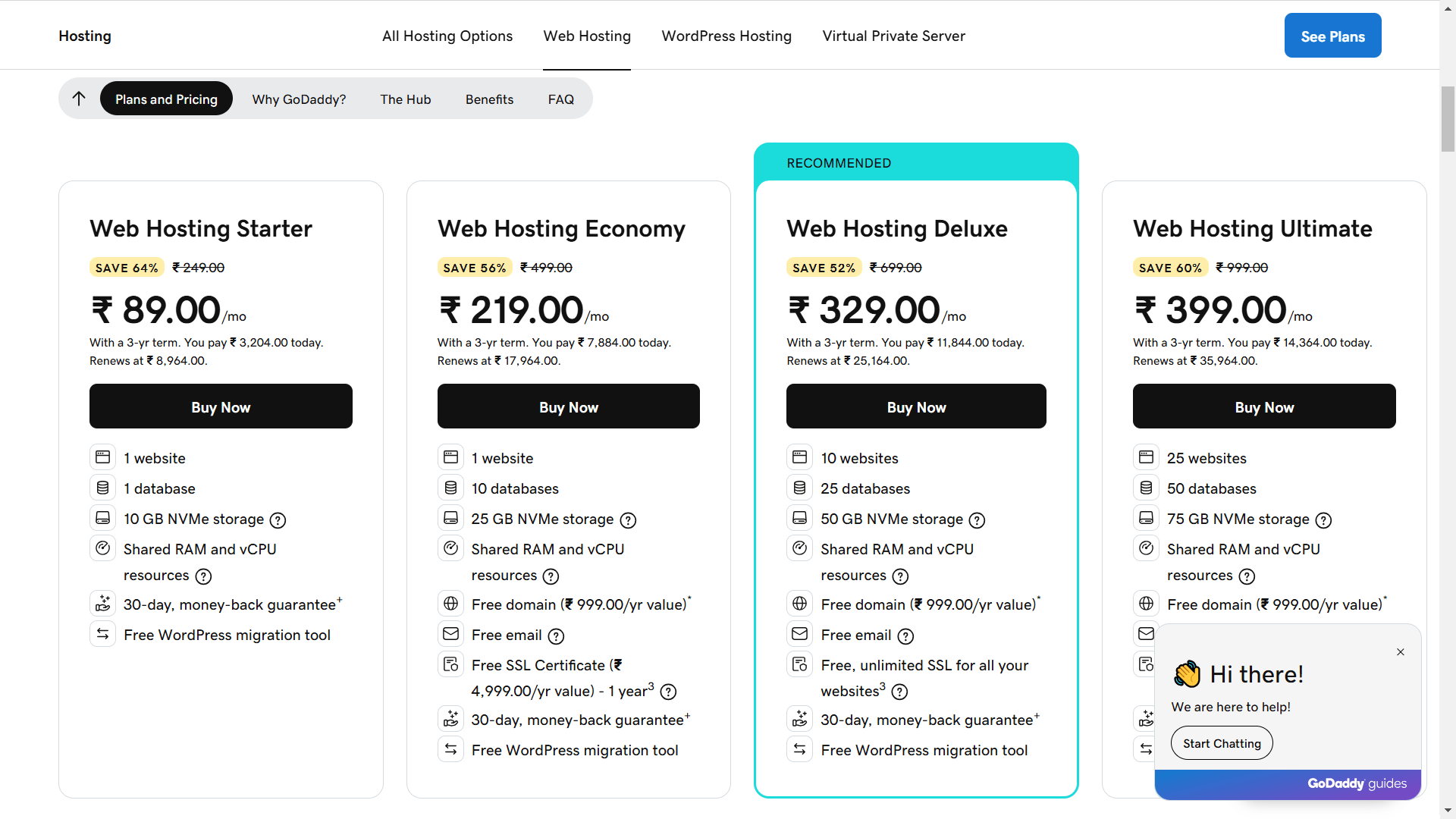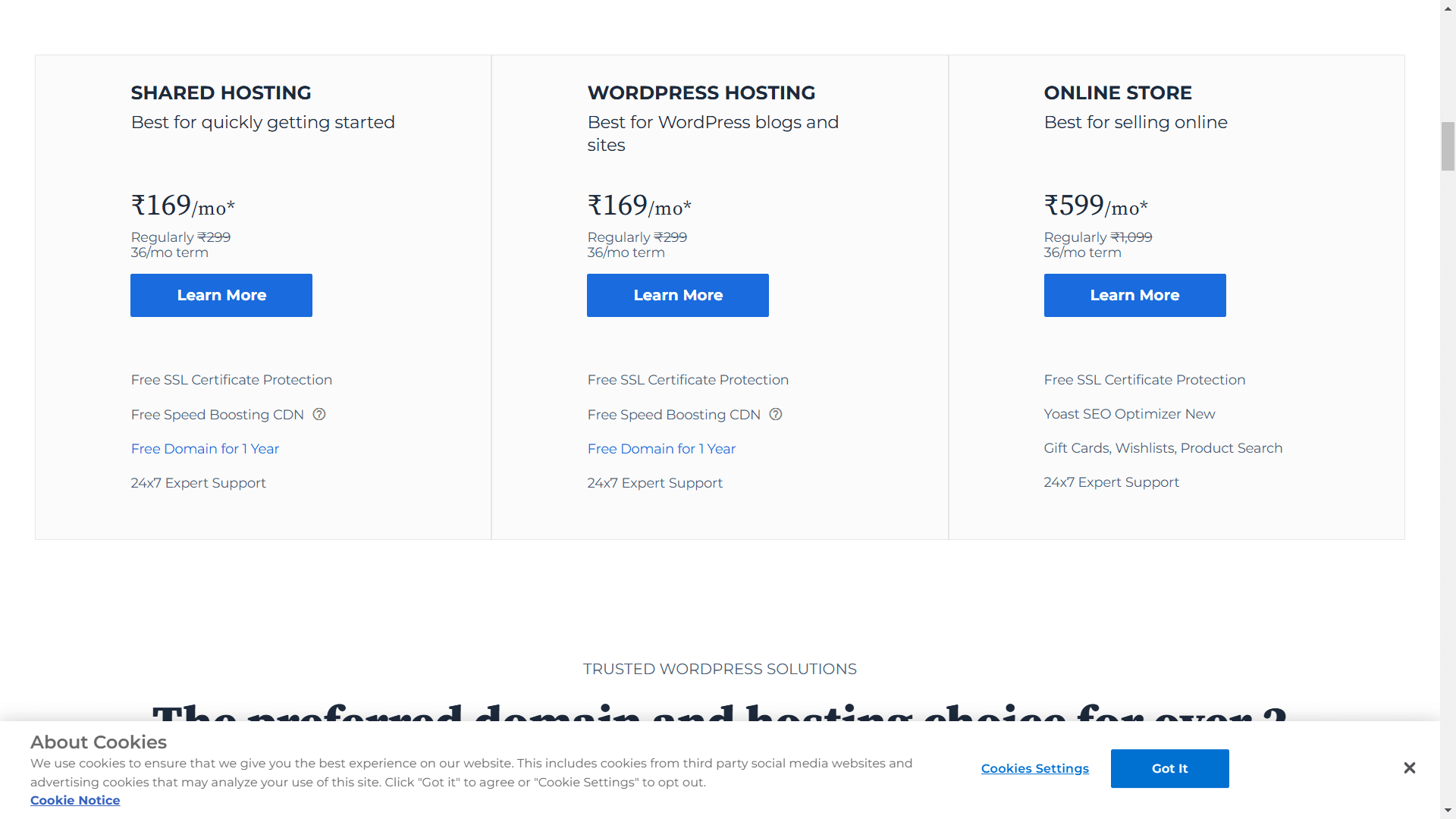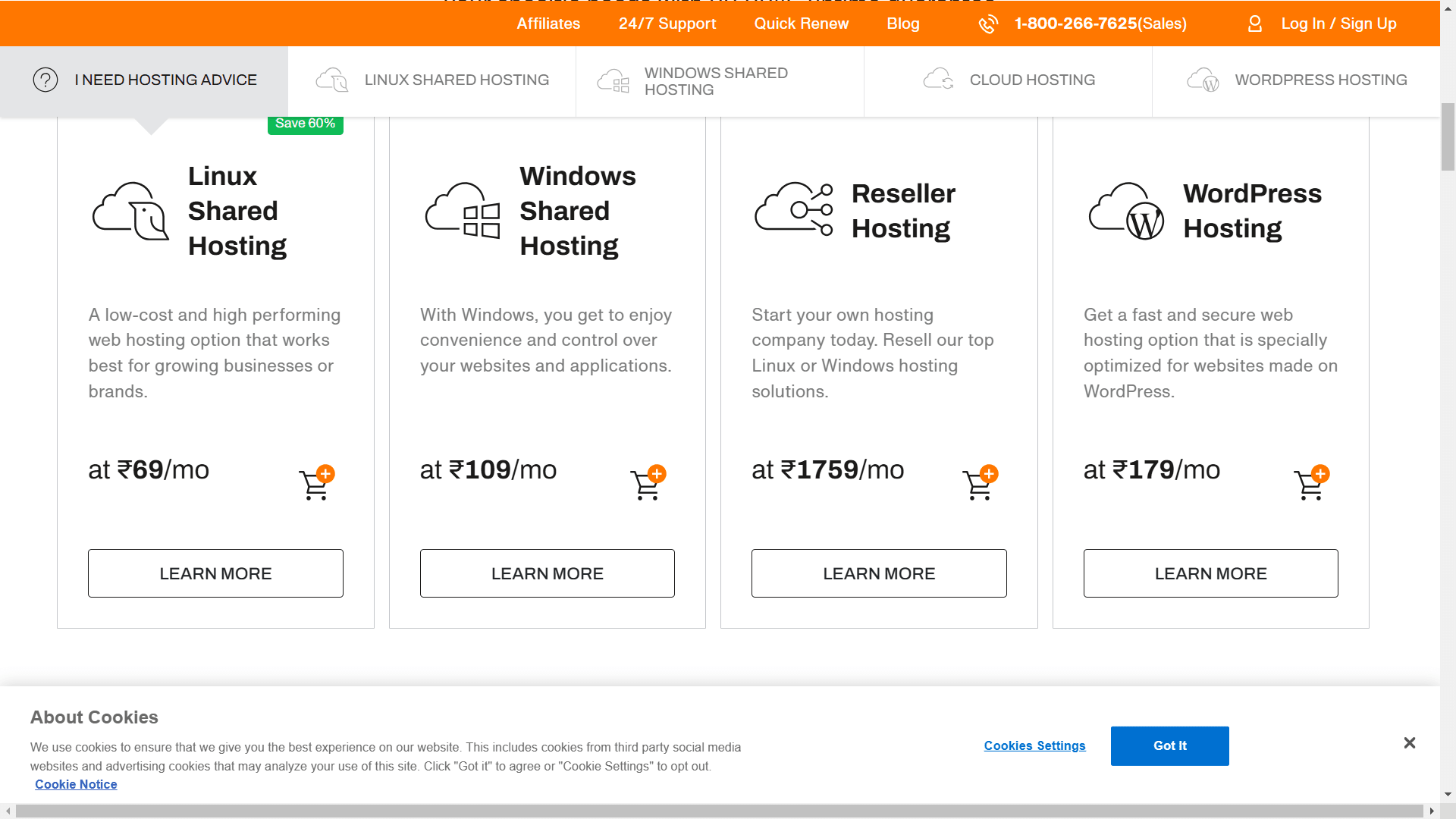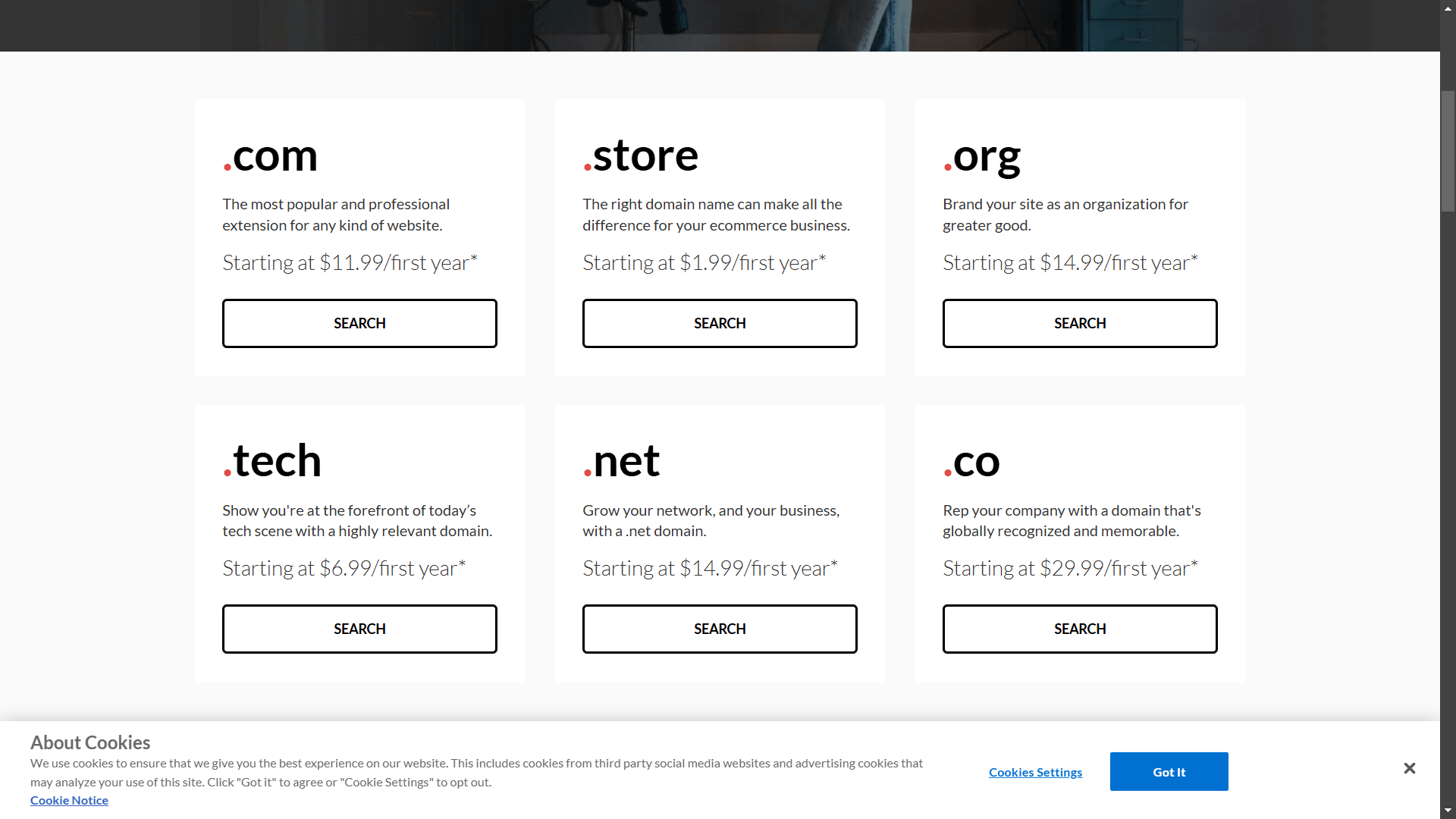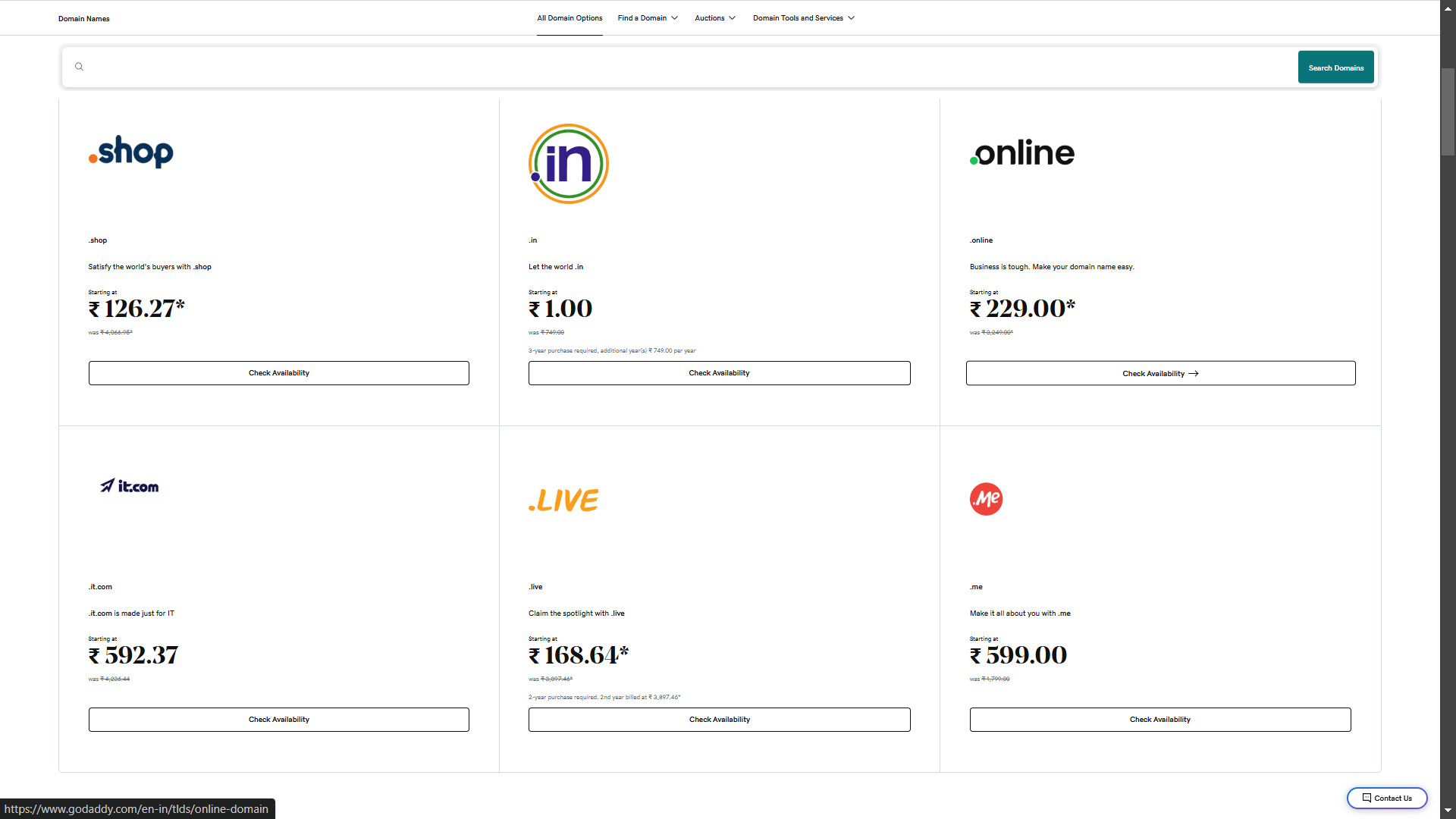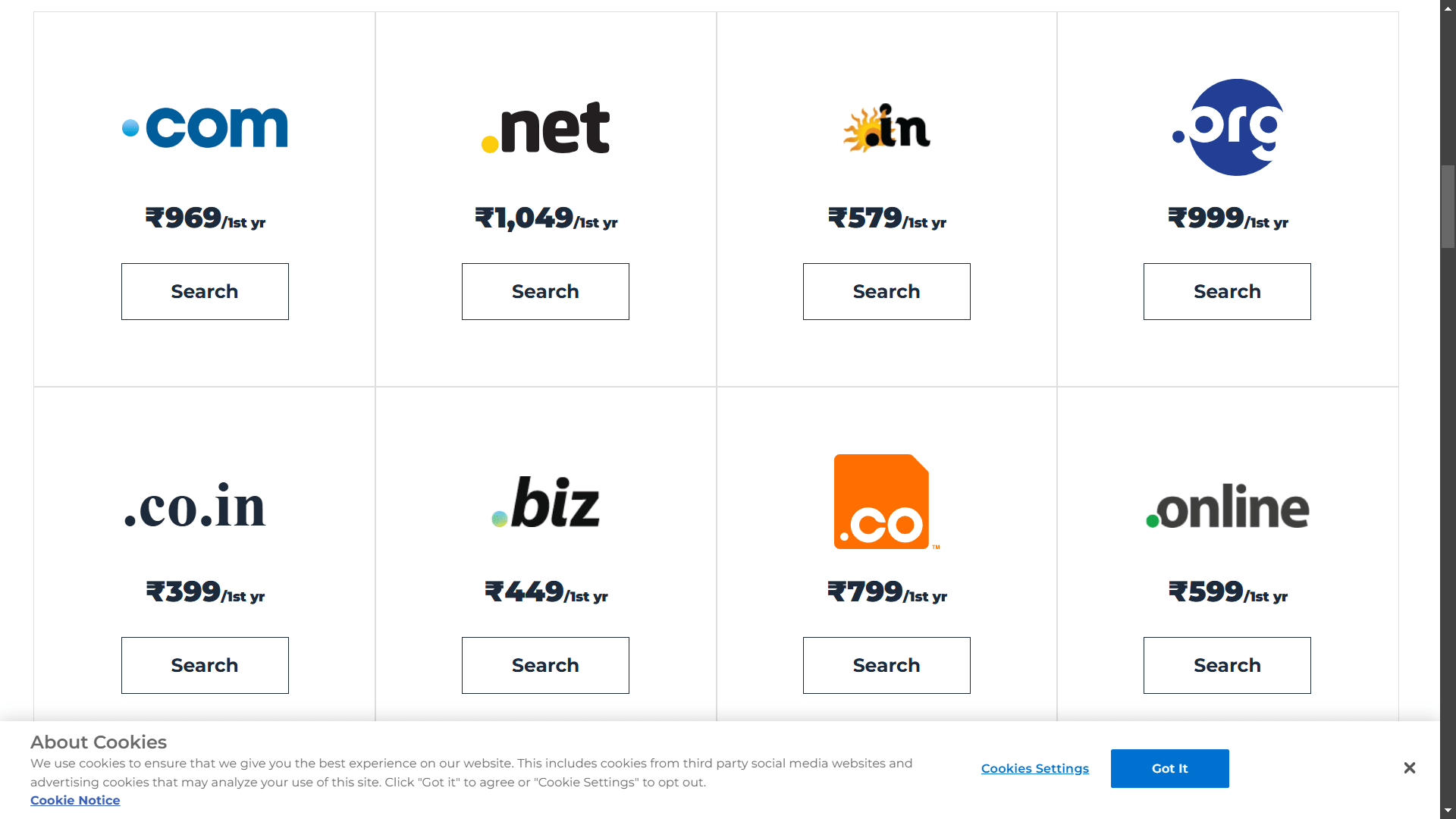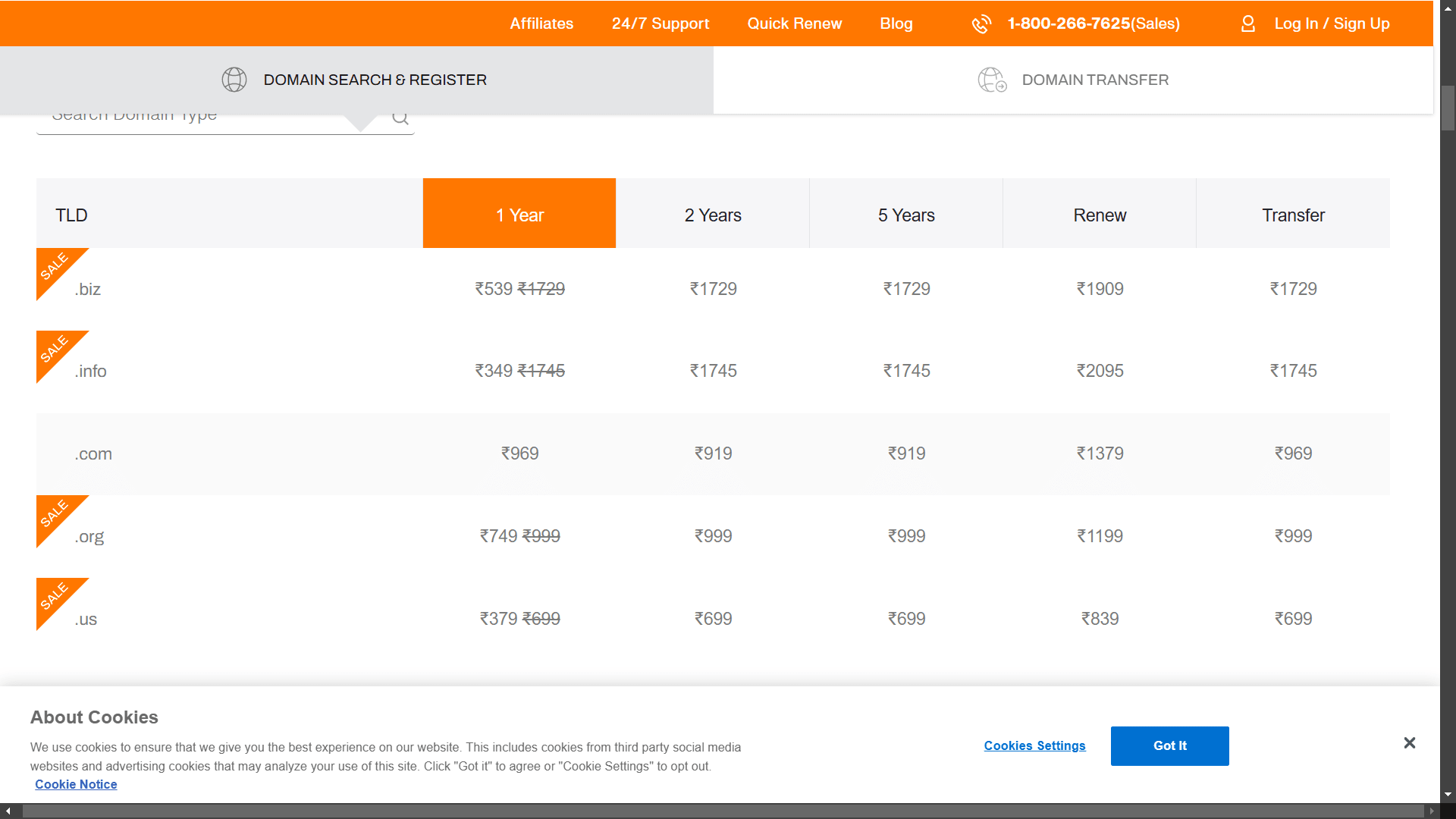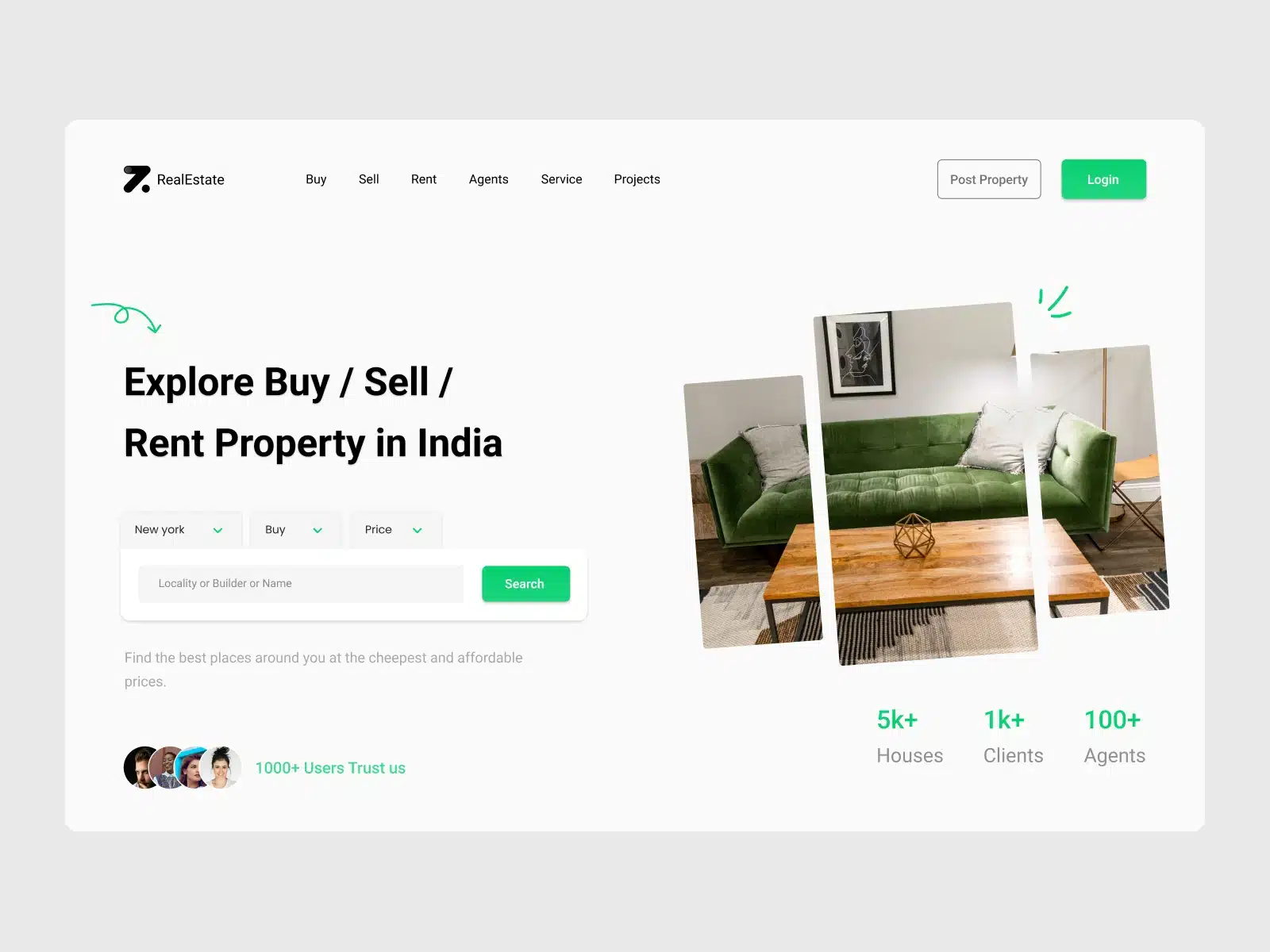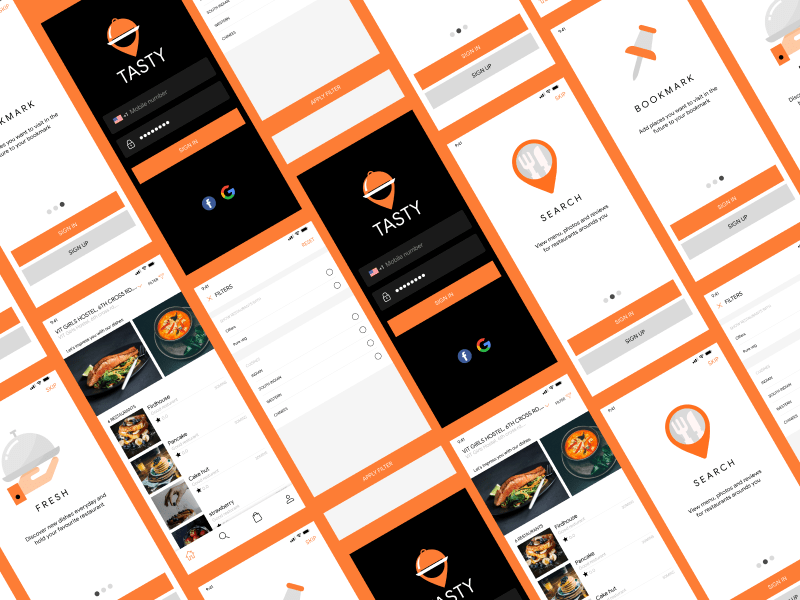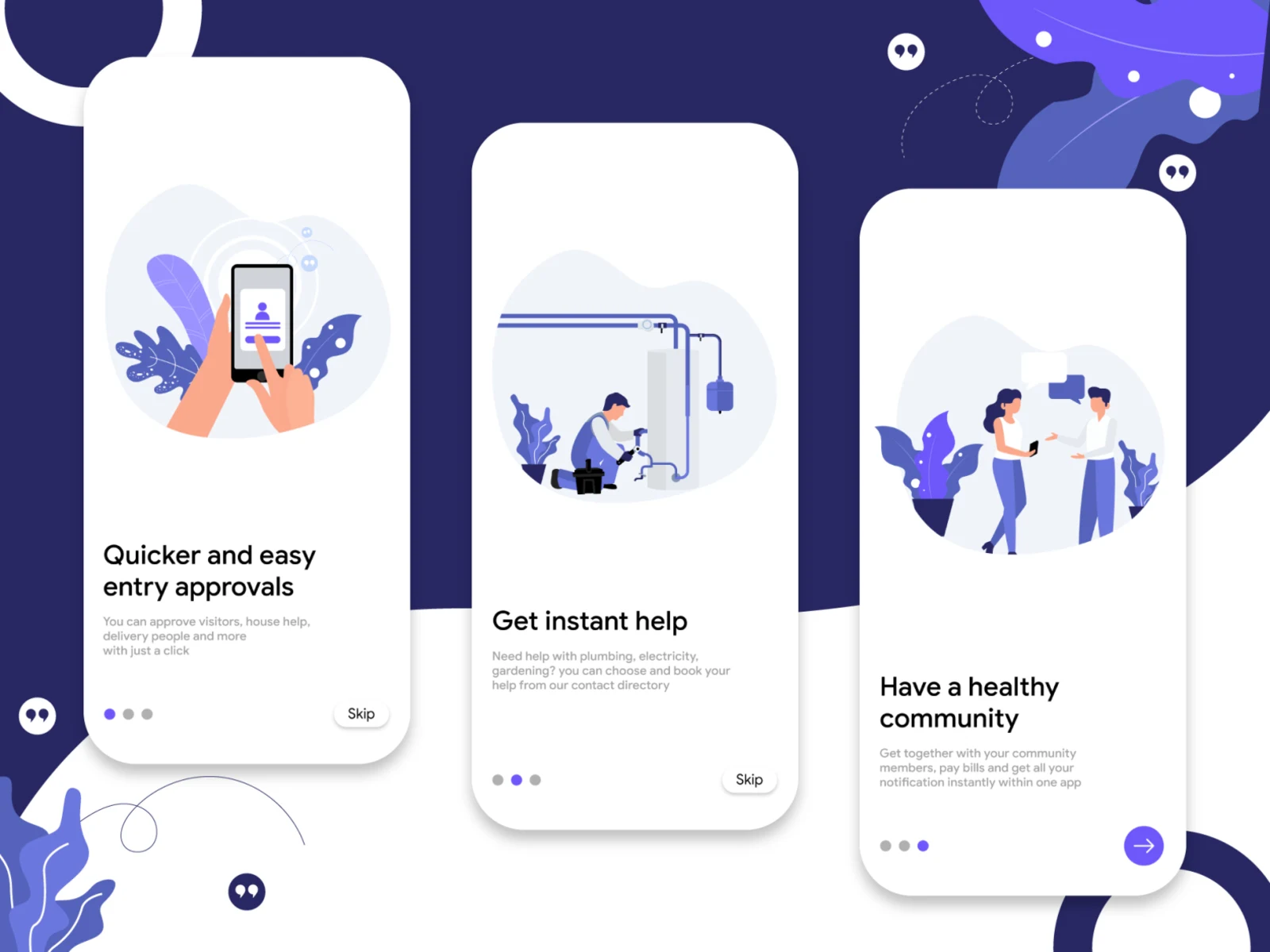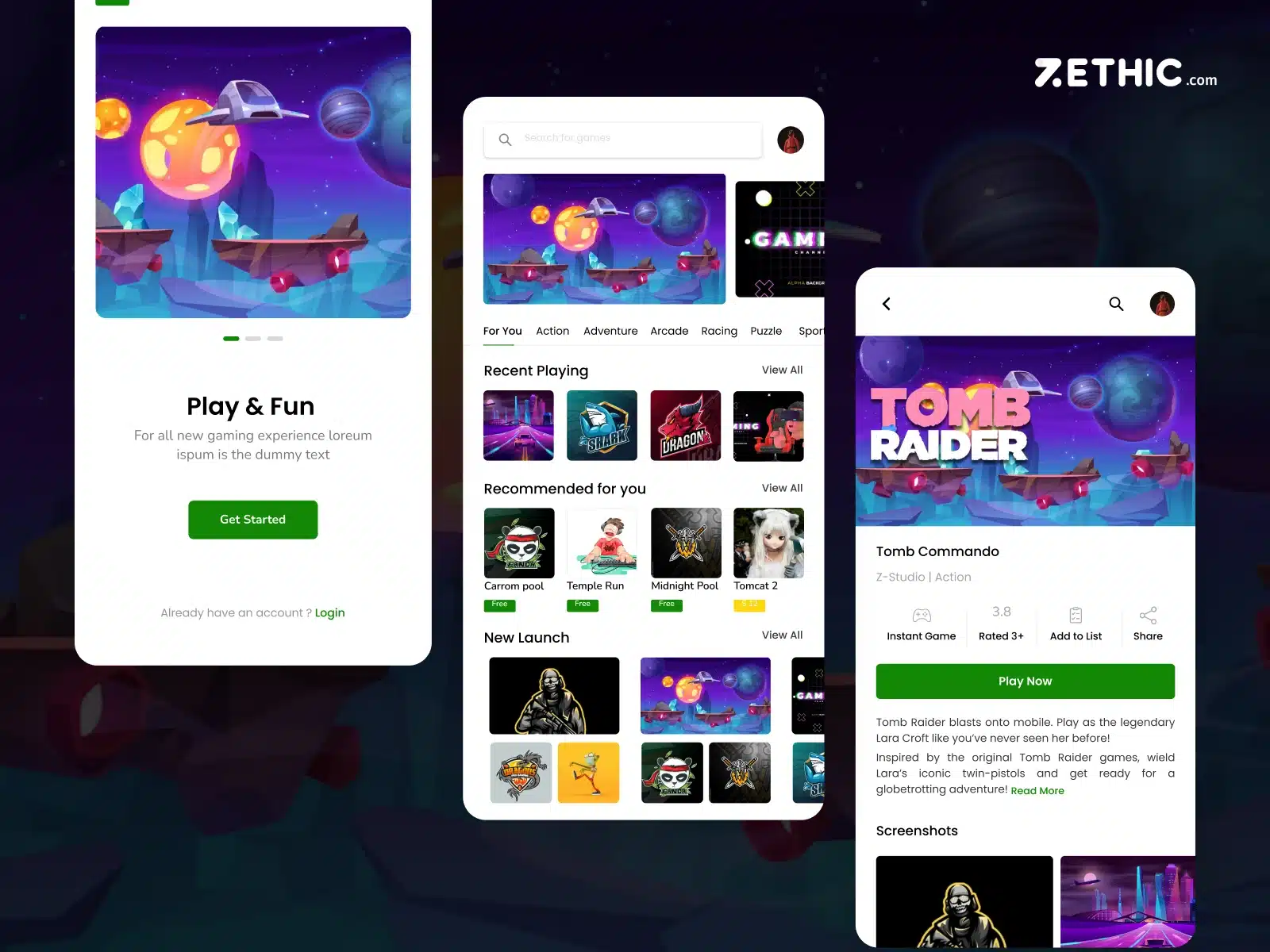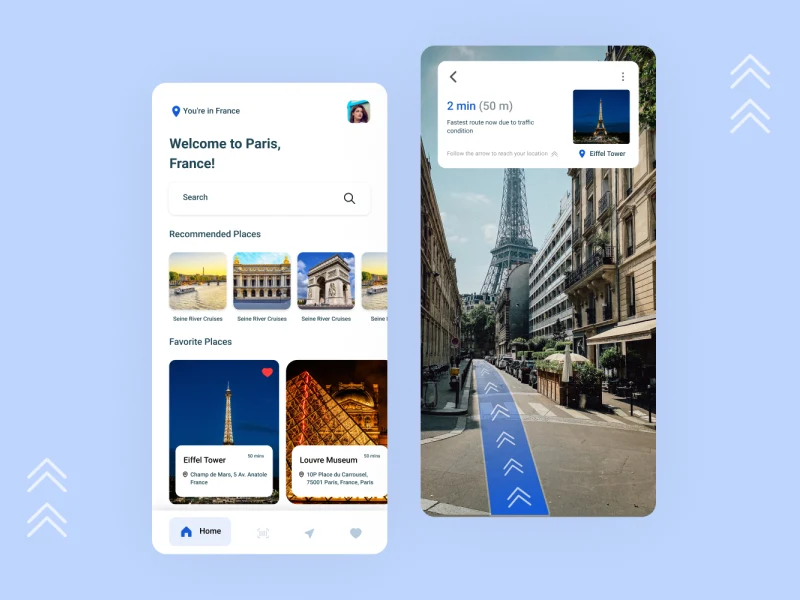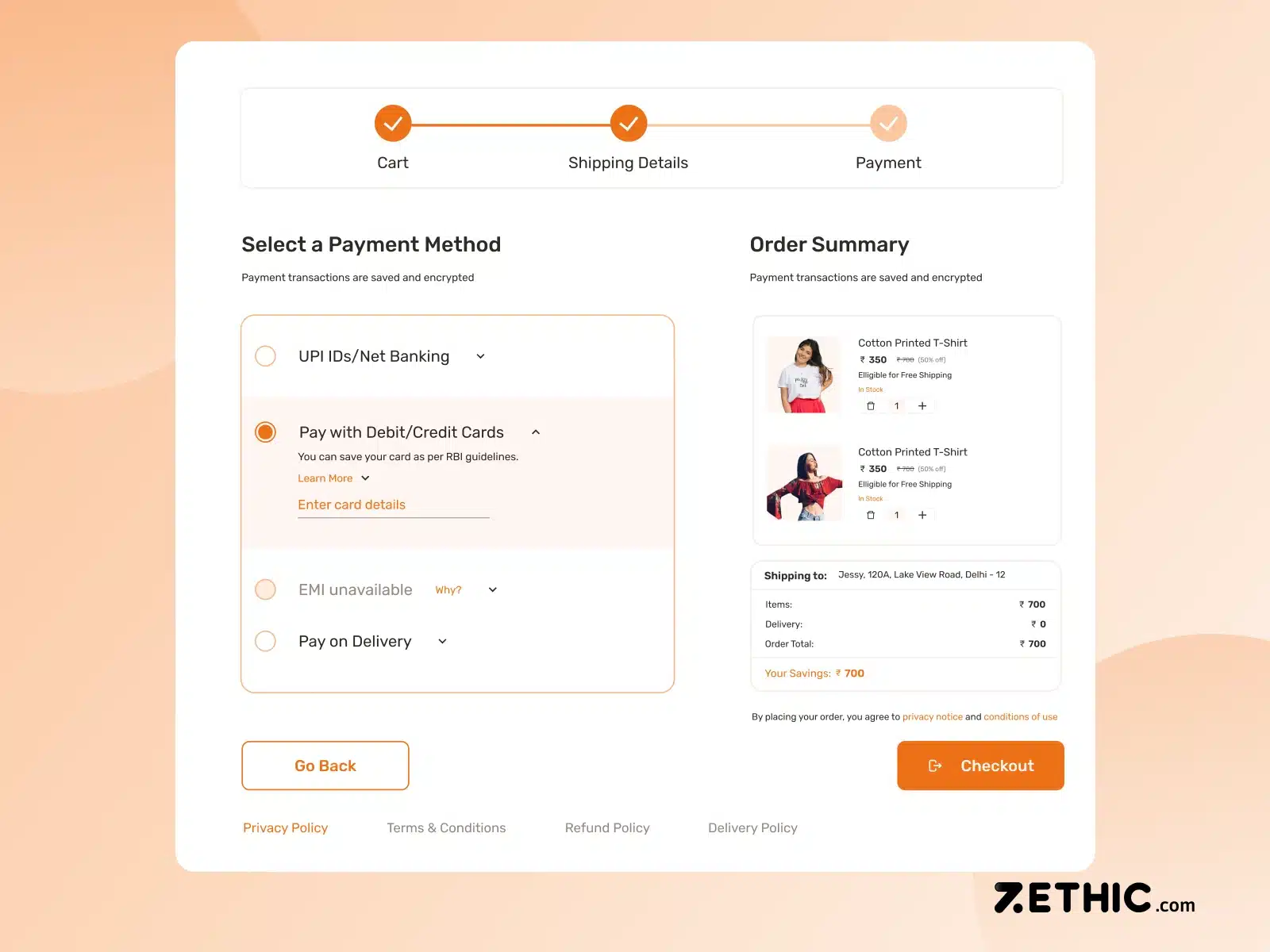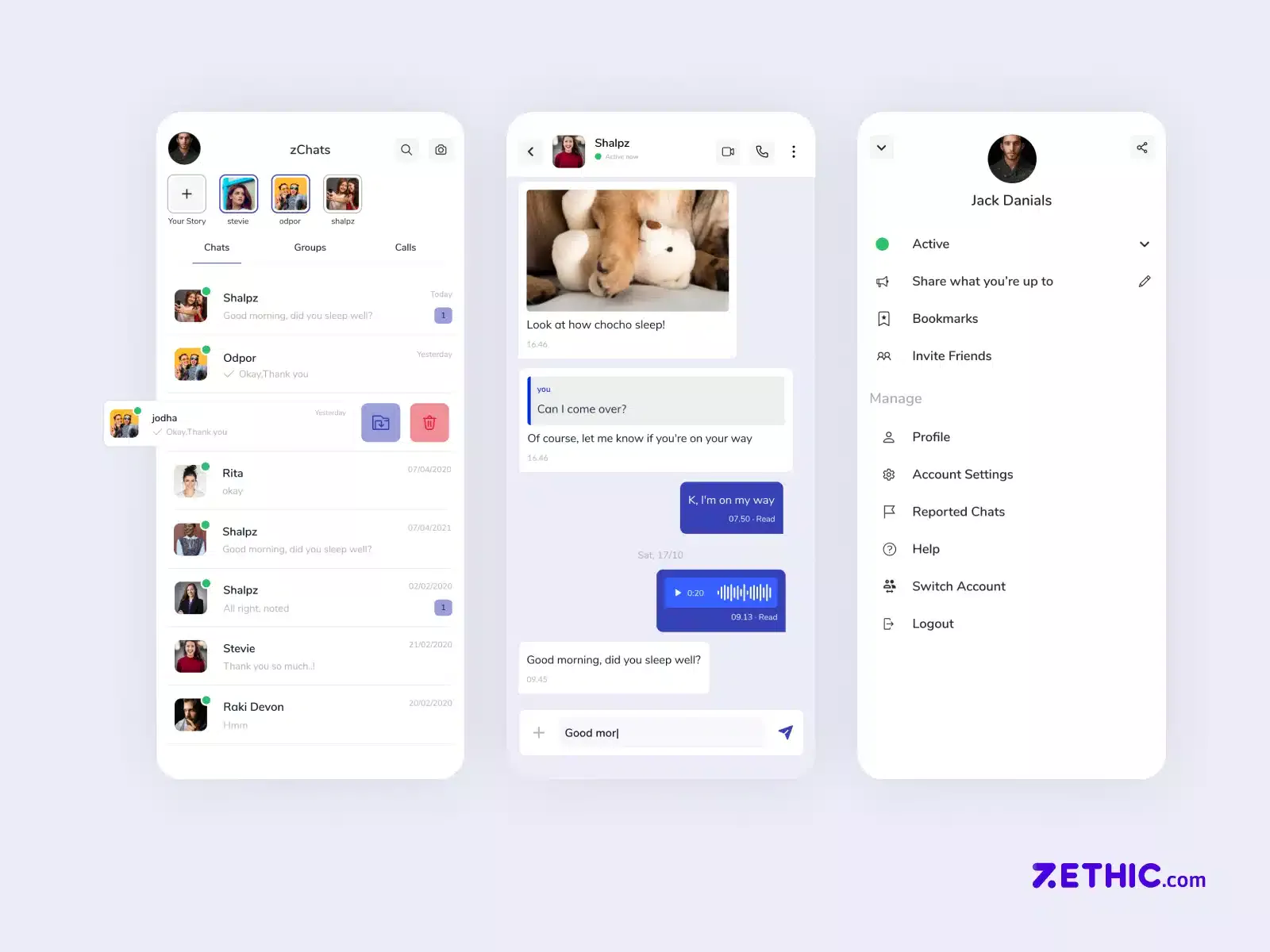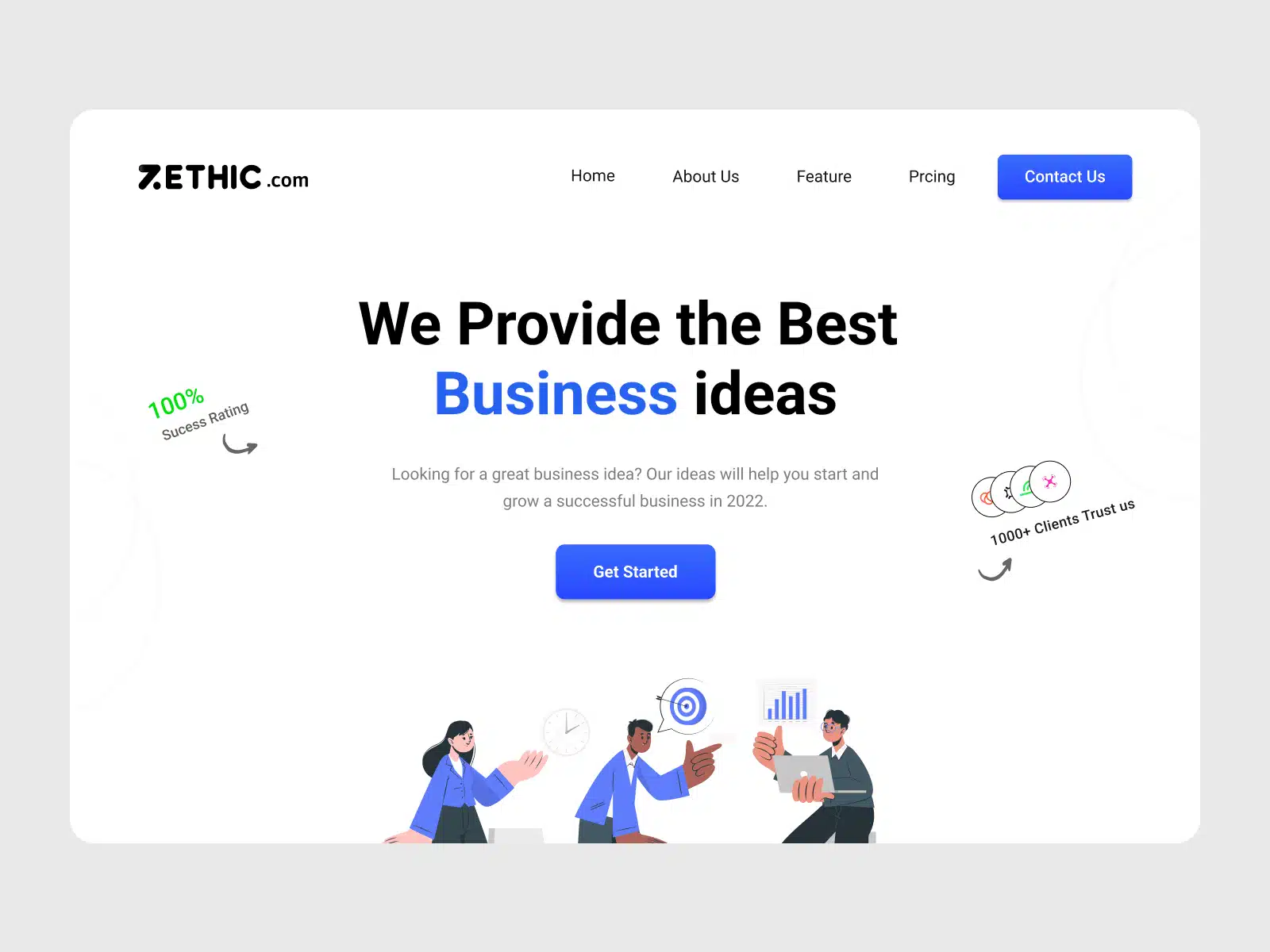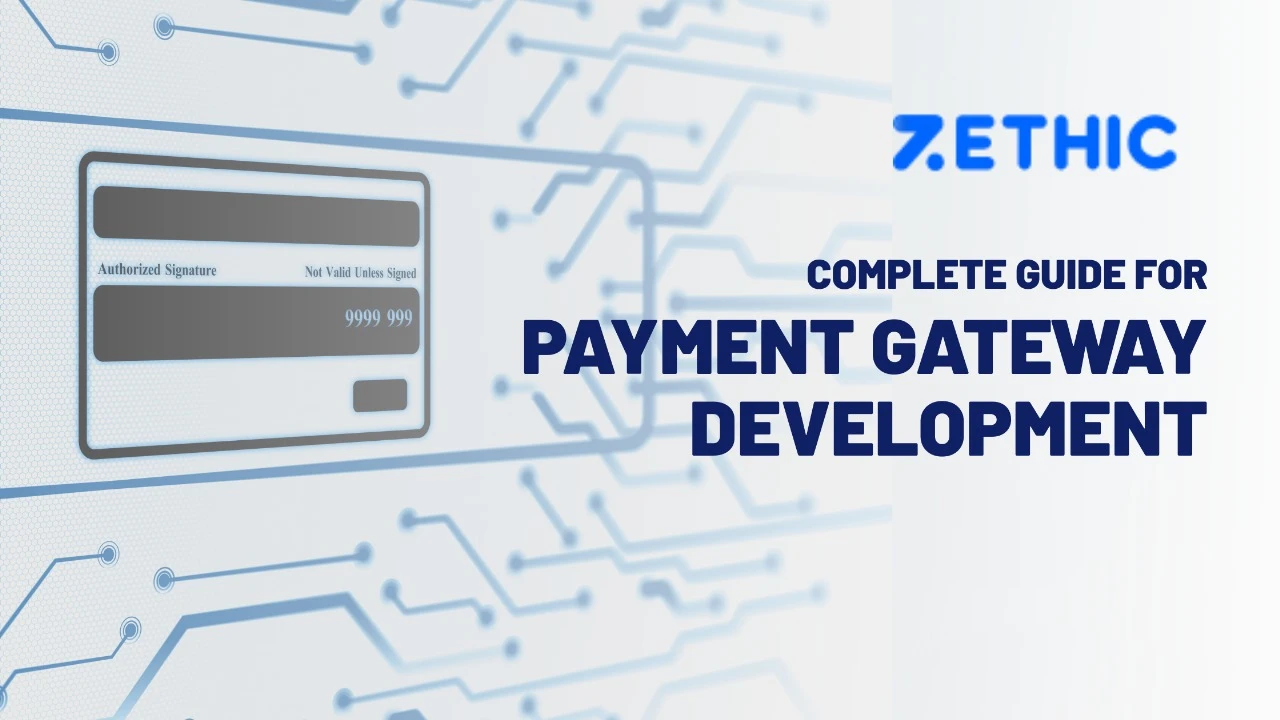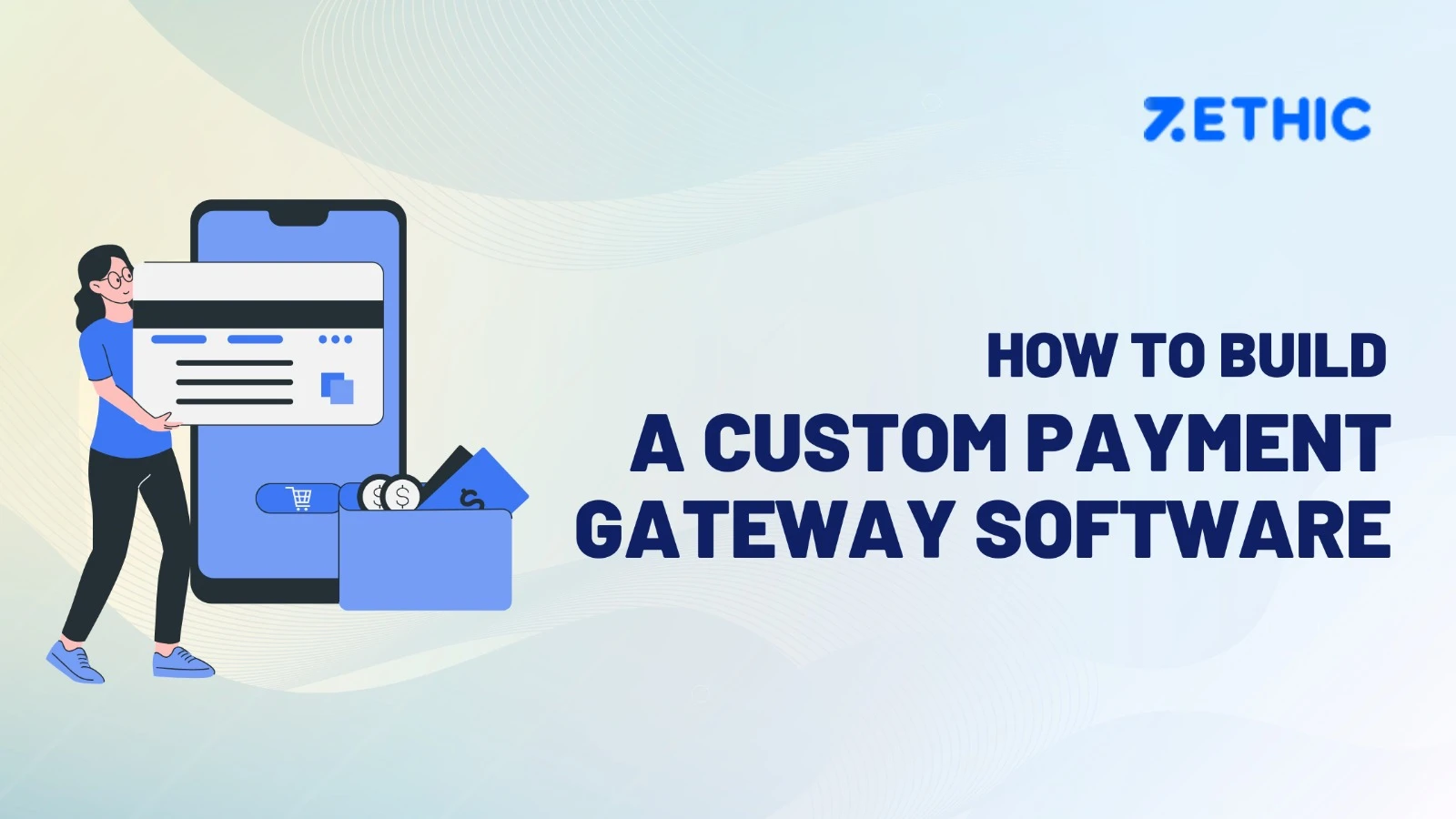Imagine a world where your business is open 24/7, attracting customers from around the globe. A website is your digital storefront, your online presence, where you can showcase your products or services, connect with customers, and drive growth.
- Statistics underscore the critical role of websites in business success:
- 90% of consumers use the internet to research businesses before making a purchase.
- Businesses with a website experience a significant increase in brand awareness and customer trust.
Website development for business is a comprehensive process that includes careful planning, engaging design, efficient development, and ongoing maintenance. If you’re looking for how to develop a website for business, this guide provides a step-by-step overview to help you achieve a professional and functional online presence.
Table of Contents
What’s the Purpose of Your Website?
Before diving into the technical aspects of website development for business, it’s essential to define the purpose of your website. Understanding its role will help align your business goals and effectively engage your audience.
- Define Your Goals: Is your website meant to drive online sales (e-commerce), generate leads, build brand awareness, offer customer support, or a combination of these objectives?
- Identify Your Audience: Understand your target audience by analyzing their demographics (age, location, occupation), interests, online behavior, and pain points.
- Highlight Your Uniqueness: What makes your business stand out? Clearly define your Unique Selling Proposition (USP) and ensure your website communicates it effectively to your audience.
- Determine Core Features: Decide on the key functionalities required to achieve your goals. Will your website need a blog, contact forms, product pages, online booking systems, customer portals, or other features?
Generally, websites serve one or more primary purposes: raising awareness, driving sales, or providing information. By defining your website’s purpose and understanding your audience, you can build a platform that meets their needs and supports your business growth.
How To Develop A Website For Business
Step 1: Decide Your Goals, Target Audience, and Website Purpose
- Clearly define your business objectives: Increase sales? Generate leads? Build brand awareness?
- Identify your ideal customer: Age, location, interests, online behavior, and their needs.
- Determine your Unique Selling Proposition (USP): What makes you stand out? This will guide your website’s messaging and design.
- Outline essential features: Contact forms, product pages, blog, online booking, etc., to support your goals.
This foundational step ensures your website aligns with your business objectives and effectively reaches your target audience.
Step 2: Choose a Development Method
- Website Builders (Wix, Squarespace, Shopify): User-friendly, affordable, quick setup. Limited customization, potential for vendor lock-in.
- E-commerce Platforms (Shopify, WooCommerce, BigCommerce, ONDC): Ideal for online stores, offer integrated features (payment gateways, shipping), varying levels of customization.
- CMS (WordPress): Flexible, customizable, with large community support. Now you’re reading and seeing this website on WordPress! Requires some technical knowledge and has potential security vulnerabilities.
- Custom Development: Highly flexible and tailored to specific needs, using technologies like PHP, Laravel, React, Node, and MERN. Requires skilled developers, with higher costs and longer development time.
Select the method that best aligns with your budget, technical expertise, and the specific needs of your business.

Additionally:
- WooCommerce is a popular open-source e-commerce platform built on WordPress.
- ONDC (Open Network for Digital Commerce) is a government-backed initiative in India aiming to democratize e-commerce.
Step 3: Plan Your Website Structure & Design
- Create a sitemap: Organize your website’s pages logically (e.g., Home, About Us, Services, Contact) for easy navigation.
- Prioritize user experience (UX): Ensure a smooth and intuitive user journey. Consider mobile responsiveness for optimal viewing on all devices.
- Select a visually appealing color scheme, fonts, and imagery that reflect your brand identity and enhance user engagement.
- Focus on accessibility: Ensure your website is usable by people with disabilities (e.g., screen readers, keyboard navigation).
A well-structured and visually appealing website will create a positive first impression and encourage visitors to explore further.
Start Planning Your Website Today
Need expert help with website structure and design? Contact us to build a user-friendly, responsive site!
Step 4: Register Domain & Choose Hosting
- Select a memorable and relevant domain name: It should reflect your brand and be easy to remember.
- Choose a reliable web hosting provider: Consider factors like uptime, speed, security, customer support, and scalability.
- Explore options: Shared hosting (budget-friendly), VPS (more resources), cloud hosting (scalability and flexibility).
- Ensure website security: Obtain an SSL certificate to encrypt data and build trust with visitors (HTTPS).
- Regular backups: Implement a regular backup strategy to prevent data loss.
A robust hosting infrastructure is crucial for website performance, security, and overall user experience.
Step 5: Develop Website Content
- Create compelling website copy:
- Write clear, concise, and engaging content that resonates with your target audience.
- Use a conversational and friendly tone.
- Optimize content for search engines (SEO):
- Use relevant keywords throughout your website content (page titles, headings, body text, image alt text).
- Write compelling meta descriptions for each page.
- Use high-quality visuals:
- Images, videos, and infographics enhance user engagement and break up text.
- Ensure images are optimized for web use (appropriate size and file format).
High-quality content is essential for attracting visitors, engaging them, and improving your website’s search engine rankings.
Step 6: Add Essential Features
- Contact forms: Make it easy for visitors to get in touch (e.g., email, phone, inquiry forms).
- Clear calls-to-action (CTAs): Encourage visitors to take specific actions (e.g., “Shop Now,” “Learn More,” “Get a Quote”).
- Social media integration: Connect with your audience across different platforms.
- E-commerce functionality (if applicable): Integrate secure payment gateways, shopping carts, and inventory management systems.
- Ensure fast-loading pages: Optimize images and minimize code to improve website speed and user experience.
These features enhance user interaction, improve customer experience, and contribute to overall website success.
Step 7: Optimize for Search Engines (SEO)
- On-page SEO:
- Use relevant keywords naturally throughout your website content.
- Optimize meta titles, meta descriptions, and image alt text.
- Improve website speed and mobile-friendliness.
- Off-page SEO:
- Build high-quality backlinks from reputable websites.
- Engage in local SEO (if applicable) to improve local search visibility.
SEO helps your website rank higher in search engine results, increasing visibility and attracting organic traffic.
Step 8: Test & Launch
- Conduct thorough testing:
- Test across different browsers (Chrome, Firefox, Safari, Edge) and devices (desktops, tablets, mobiles).
- Check for broken links, compatibility issues, and overall website functionality.
- Address any issues: Fix bugs, improve loading speed, and enhance user experience based on testing results.
- Launch your website:
- Announce your launch on social media, email, and other relevant channels.
- Consider running a small launch campaign to generate initial traffic.
A well-tested website ensures a smooth user experience and builds trust with your audience.
Step 9: Promote & Market
- Utilize SEO: Optimize for search engines to improve organic visibility.
- Content Marketing: Create valuable and engaging content (blog posts, articles, videos) to attract and engage your target audience.
- Social Media Marketing: Leverage social media platforms to promote your website and connect with your audience.
- Email Marketing: Build an email list and nurture leads with targeted campaigns.
- Track website analytics: Monitor website traffic, user behavior, and conversion rates to measure the effectiveness of your marketing efforts and make necessary adjustments.
Consistent marketing efforts are crucial for driving traffic to your website and achieving your business goals.
Step 10: Maintain & Update
- Regularly update content: Keep information fresh and accurate.
- Address security vulnerabilities: Install security updates and implement security measures (e.g., firewalls, SSL certificates).
- Monitor website performance: Track website traffic, user behavior, and conversion rates using analytics tools.
- Make ongoing improvements: Based on data and user feedback, refine your website’s design, content, and functionality.
Ongoing maintenance is crucial for ensuring your website remains relevant, secure, and effective in achieving your business goals.
Finally Searching for Professional Help? Let Zethic Assist You!
Elevate your online presence with Zethic’s professional website development services. We specialize in creating stunning, user-friendly websites tailored to your business needs. Partner with us and achieve digital excellence!
Get a Custom Website for Your Business
Contact Zethic for expert website development services tailored to your unique needs!
Get A Free QuoteHow Much Does It Cost to Develop a Website for a Business?
- Website development for business costs can vary depending on several factors (complexity, features, development method).
- For a more detailed breakdown of website development costs in India, refer to our informative guide: Link to your existing blog post on website development cost in India.
How Long Does It Take to Develop a Website for Business?
- Factors Influencing Time:
- Website Complexity: Simple brochure sites take less time than e-commerce platforms with advanced features.
- Design Complexity: Custom Website designs and intricate layouts require more time than using pre-built templates.
- Development Approach: Custom development takes longer than using website builders or CMS platforms.
- Project Management: Effective communication and collaboration between the client and development team can streamline the process.
- Time Estimates:
- Simple websites: 1-4 weeks
- Mid-range websites: 1-3 months
- Complex websites: 4-6+ months
These are general estimates. The actual timeline can vary significantly based on the specific project requirements and the chosen development method.
Conclusion
A website is no longer optional for businesses; it’s essential for reaching customers, building brand credibility, and driving growth. From e-commerce to lead generation, a well-designed website can significantly impact your bottom line.
Developing a website requires careful planning and execution. Define your goals, choose the right development method, prioritize user experience, and implement a robust marketing strategy.
Contact Zethic Today for Expert Guidance
Developing a website that meets your unique business needs and helps you achieve your online goals.



